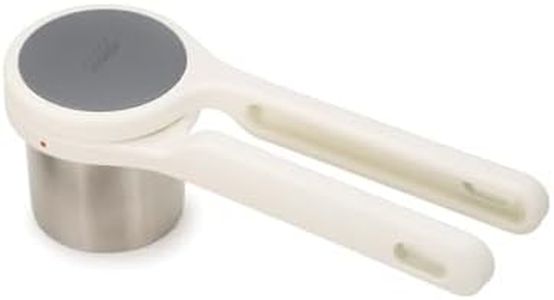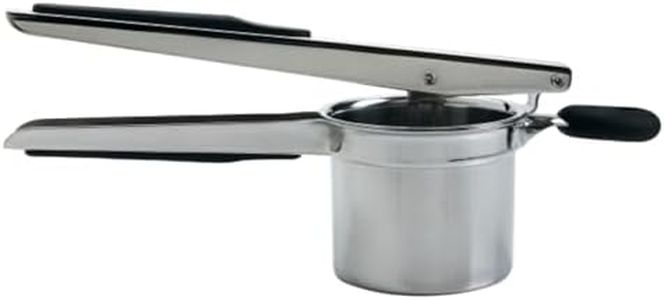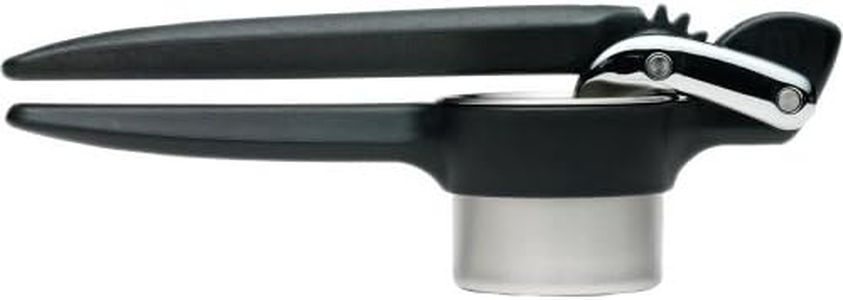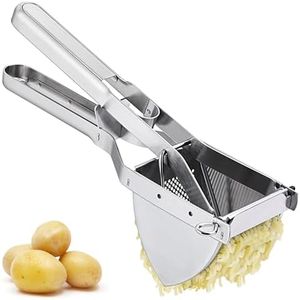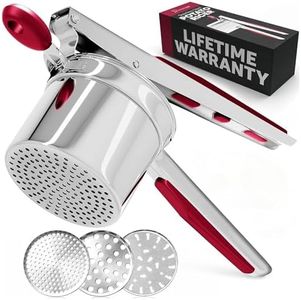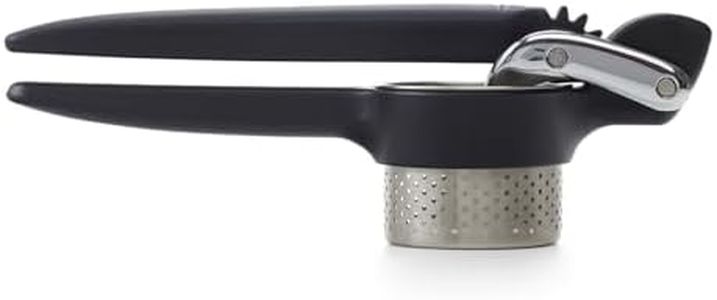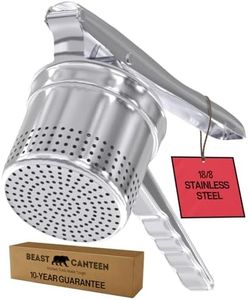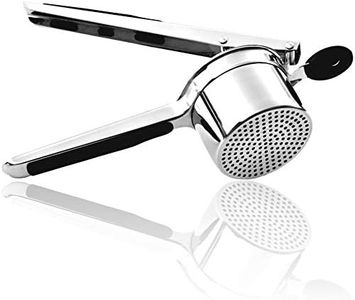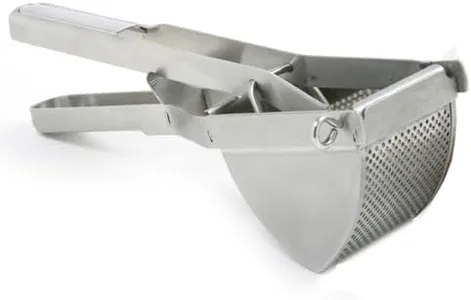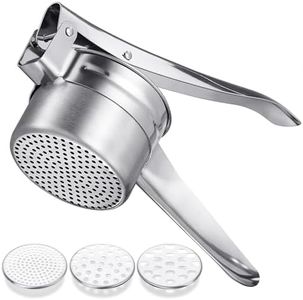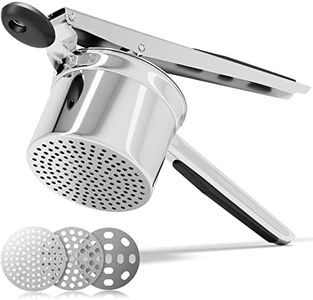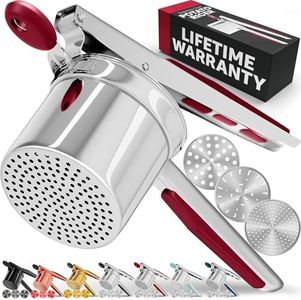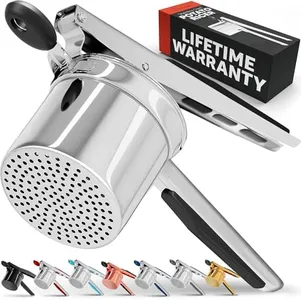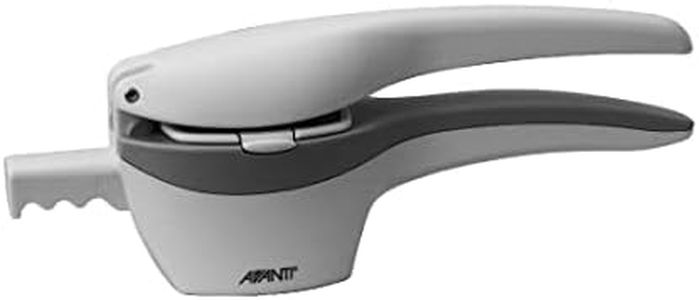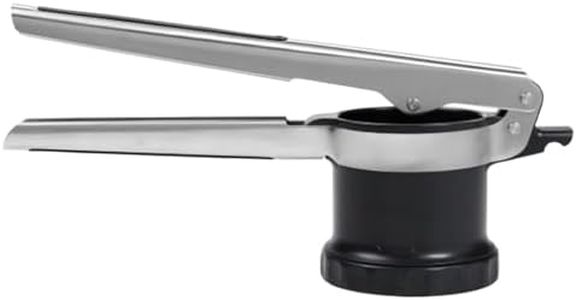We Use CookiesWe use cookies to enhance the security, performance,
functionality and for analytical and promotional activities. By continuing to browse this site you
are agreeing to our privacy policy
10 Best Potato Ricers
From leading brands and best sellers available on the web.Buying Guide for the Best Potato Ricers
Choosing the right potato ricer can make a big difference in your kitchen, especially if you enjoy mashed potatoes or need smooth, lump-free purees for recipes. Potato ricers come in various designs and sizes, each serving different purposes and user preferences. To make the best choice, consider how often you plan to use the ricer, what kinds of vegetables (or fruits) you’ll be processing, and how easy you’d like the cleanup to be. Focusing on a few key specifications will help you match the right ricer to your cooking style and needs.MaterialThe material of a potato ricer affects its durability, ease of use, and maintenance. Common options include stainless steel, plastic, and sometimes aluminum. Stainless steel ricers are typically more long-lasting, rust-resistant, and easy to clean. Plastic ricers are lightweight and often less expensive, but they may not stand up to heavy use and can stain over time. Aluminum options can be sturdy but might react with acidic foods. If you plan to ricer larger quantities or want a tool that lasts for years, stainless steel is typically a solid choice. For occasional or lighter use, plastic can still get the job done.
CapacityCapacity refers to how much potato or food you can process in one go with the ricer. Smaller capacity ricers can usually handle just a small potato at a time, making them suitable for individuals or small families. Larger capacity ricers can fit several potatoes at once, better for batch cooking or when you prepare food for lots of people. If you cook for many or like to save time, look for a larger-capacity ricer. For simple, occasional use, a smaller one may be more convenient to handle and clean.
Handle Design and ComfortThe handle design determines how comfortable and easy the ricer is to use, especially when pressing firmer foods. Some ricers feature cushioned or ergonomic handles that reduce pressure on your hands, making them ideal if you have weaker grip strength or plan to use your ricer frequently. Plain metal handles might be less comfortable for repetitive use but can offer a slimmer profile for easy storage. If comfort is a concern or you have any joint/hand issues, prioritize a model with padding or ergonomic shaping.
Interchangeable Discs or Hole SizeSome potato ricers come with interchangeable discs or plates that produce different sizes of holes, allowing you to modify the texture of your mashed potatoes or purees. Larger holes create chunkier output, while finer holes result in smoother, silkier results. Ricers with just one fixed plate are simpler and easier to clean, but limit you to a single texture. If you like experimenting with various textures or want to use the ricer for different foods (like making baby food or spaetzle), a model with interchangeable discs offers the most versatility.
Ease of CleaningEase of cleaning is particularly important because potato residue can stick in the holes or crevices of a ricer. Dishwasher-safe ricers simplify cleanup, while others may require hand washing, especially if they have multiple parts or intricate designs. Simpler models with fewer detachable pieces are generally quicker to clean. If you dislike spending time on cleanup or foresee using your ricer often, look for a dishwasher-safe design or one with easily removable parts.
